On August 13, 1689 in Celtic History
The duke of schomberg lands at groomsport with his 10,000 strong williamite army

The Williamite war in Ireland, which could also be described as the Jacobite war in Ireland and is known in Ireland as Cogadh an Dá Rí or The War of the Two Kings, was the opening conflict following the deposition of James VII of Scotland and II of England and Ireland in 1688 when he attempted to regain the throne of his Three Kingdoms from his daughter Mary II who replaced him jointly with her husband William of Orange. It influenced the Jacobite Rising in Scotland led by Bonnie Dundee which started at about the same time. While William successfully defeated Jacobitism in Ireland and subsequent Jacobite Risings were confined to Scotland and England, the War was to have a lasting effect on Ireland, confirming British and Protestant rule over the country for over a century. The iconic Williamite victories of the Siege of Londonderry and the Battle of the Boyne are still celebrated by the Unionist community in Northern Ireland today.
On August 13th 1689 Williams army under Marshal Frederic Schomberg landed at Ballyholme Bay in County Down and after capturing Carrickfergus marched unopposed to Dundalk where the soldiers were ravaged by fever. Jamess viceroy Tyrconnell raised an army to make a stand, but there was no battle and the two armies withdrew to winter quarters. The Williamites found themselves harassed throughout this winter and in the following two years by Irish Catholic guerrillas known as rapparees. Schombergs troops were decimated by disease in their winter quarters, due to the cold and wet weather and theri poor food supplies. Part of this was down to Schombergs organisational shortcomings as a commander, but it was also due to the Jacobites devastating the countryside as they retreated, leaving no supplies behind for the Williamite army. The local civilian population also suffered terribly from this tactic.
Impatient with Schombergs slow progress, William decided to take charge in person and arrived with a fleet of 300 ships at Belfast Lough on 14 June 1690. He landed at Carrickfergus, having mustered an army of 36,000 soldiers (including English, German, Dutch, Danish and French Huguenot troops), which marched towards Dublin. After some resistance near Newry the Jacobites withdrew to the south bank of the River Boyne, and on July 1st were defeated at the Battle of the Boyne. The Jacobite army retreated, little damaged, but demoralised and badly hit by desertion. The Williamites marched onto Dublin, Irelands capital and occupied the city without a fight. James despaired of the prospects of victory in Ireland and rode ahead of his army to Duncannon and from there returned to France, because of this desertion James became known in Ireland as Séamus an Chaca or James the Shit. News of this defeat contributed to the Scottish Jacobites abandoning their struggle.
Williams victory at the Boyne, taken together with James flight, might have been the end of the war in Ireland. However, William published very harsh peace terms in Dublin, excluding the Jacobite officers and the Irish Catholic landed class from the pardon he offered to Jacobite foot-soldiers. As a result, the Irish Jacobite leaders felt they had no choice but to fight on until they had recieved guarentees that their lives, property and civil and religious rights would be respected in peace settlement.
More From This Day
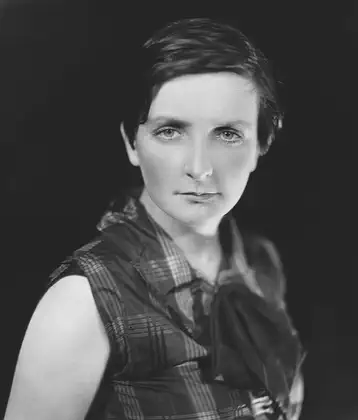
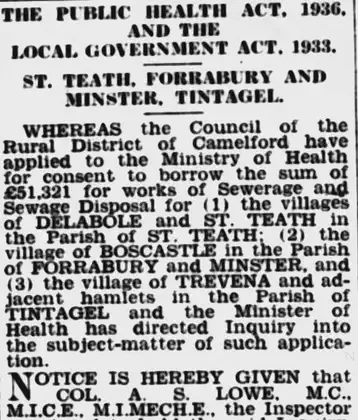
The Health Act extends the powers of county councils and provides maternity care
August 13, 1947

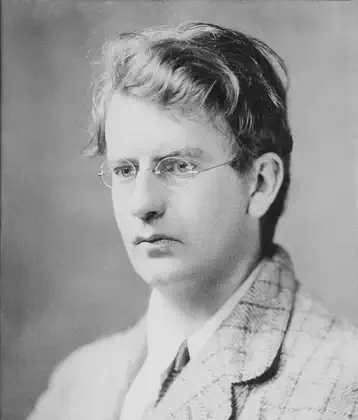
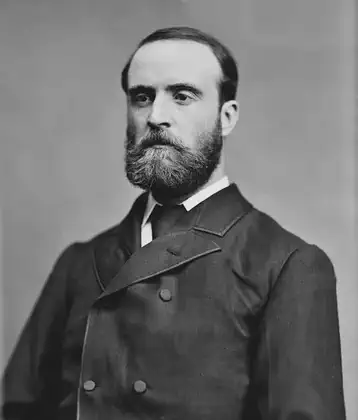
Special committee appointed to investigate Parnells ties to Phoenix Park murders
August 13, 1887
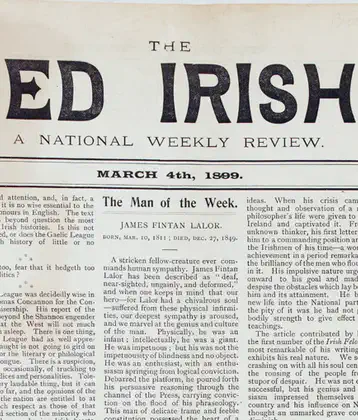
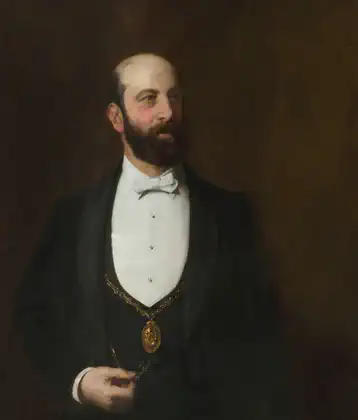
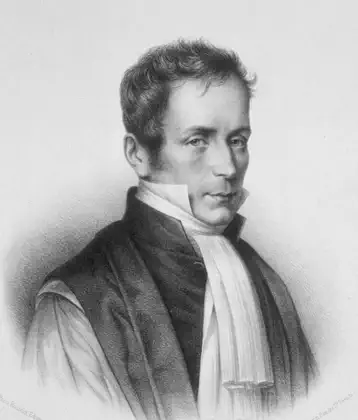
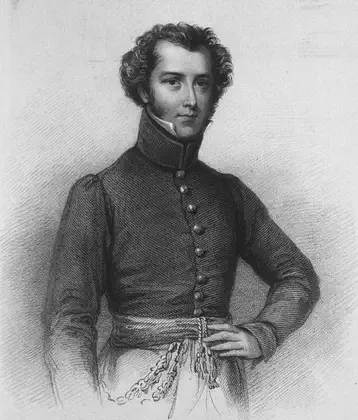
Explorer Alexander Gordon Laing became the first Christian to reach Timbuctu, Africa.
August 13, 1826
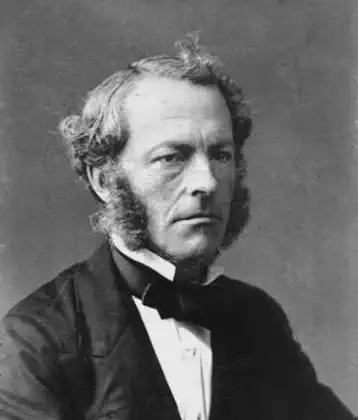
Birth of Sir George Gabriel Stokes, mathematician and physicist, in Skreen, Co. Sligo
August 13, 1819